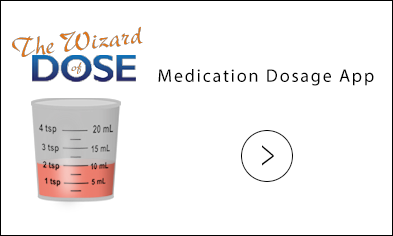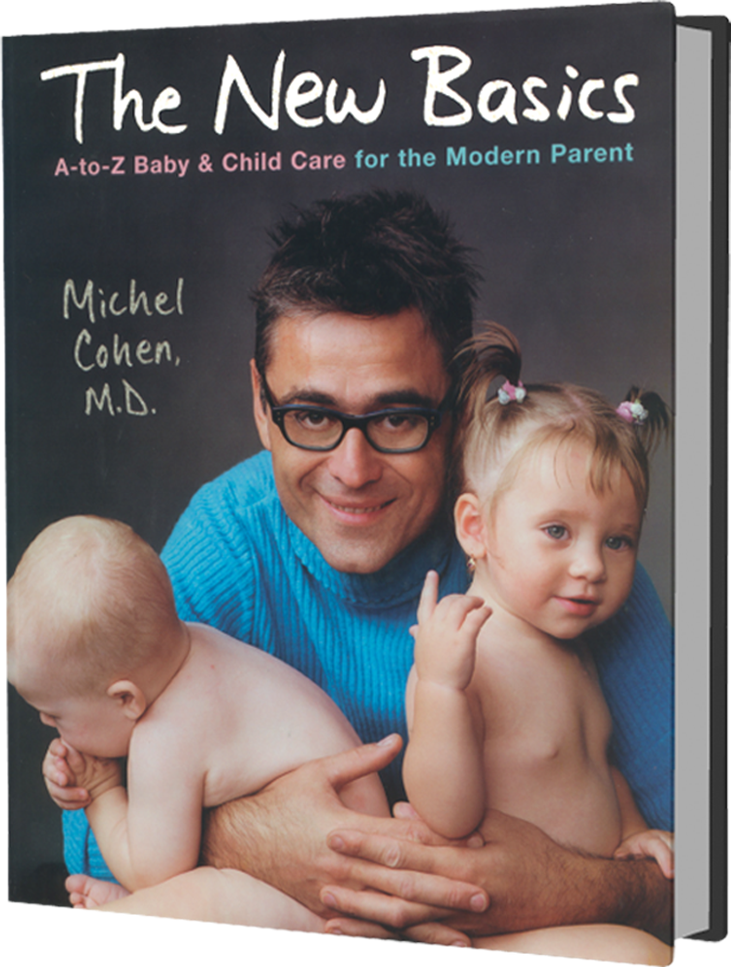
Jaundice
Jaundice, the condition of having yellowish skin, is not a rare occurrence in newborns. In fact, it’s common, so common that most of the alarm it causes doctors and parents of jaundiced babies is unwarranted.
The scientific mechanism of jaundice is simple. Life in the womb requires about a third more red blood cells than adults have in order to transport oxygen from the mother’s blood. With a baby’s first breath, those extra red blood cells are destroyed. Their hemoglobin content is shed into the bloodstream and eliminated in the form of a yellow compound called bilirubin, which the infant slowly excretes via urine and stools. While this process is happening, however, some of the bilirubin seeps from the bloodstream into the skin tissues, including the whites of the eyes.
In some newborns, the condition is more pronounced. Certain factors may exacerbate the process. For example, when a mother and her baby have different blood types, the postpartum destruction of red blood cells could be greater, resulting in higher amounts of bilirubin and hence a rather dramatically yellow baby. Also, a large hematoma on the scalp caused during delivery can predispose to jaundice, because as it heals, the blood it contains is processed into the bloodstream as bilirubin [See: Head Shape].
This temporary accumulation of moderate bilirubin levels is usually harmless. Most of the concern about jaundice results from the fact that extremely high levels of bilirubin can be toxic, notably to the brain. This condition, however, is extremely rare and completely different from most cases of infant jaundice. Moderately jaundiced babies can be treated in the first few weeks of life with ultraviolet lamps. Similar to the ones in your local tanning salon, these lamps convert excess bilirubin into a less toxic compound. The treatment has no side effects other than the temporary difficulty of maternal separation.
Practically speaking, I’d say that at least a third of all newborns exhibit some kind of yellow tinge. Mild jaundice tends to appear on the second day, peaks around the fifth day, and then slowly decreases over time. It may still be detectable around week six.
In its most severe form, jaundice develops intensely very early on, after just a few hours of life, and peaks around three to five days with a striking yellow skin color.
In rare cases, pronounced jaundice may also indicate infection. Babies thus afflicted are extremely sleepy and feed sluggishly rather than waking up active and ravenous after long periods of sleep, as healthy newborns do. If this describes your child, have your doctor evaluate the condition; he may recommend treatment with ultraviolet light.
If Lucy feeds like a typical newborn, which means erratically: sometimes actively and sometimes sleepily
If she’s active like a regular newborn, which means sleeping a lot but waking up alert
When her jaundice does not markedly increase in the first five days
Once you’ve established that Lucy has only moderate jaundice:
Continue feeding her the same way you have been.
Monitor her color, her feeding ability, and her activity level.
Don’t wake Lucy to feed at set intervals. There is only so much you can feed her, and following her normal schedule will be more efficient.
There’s no need to make her sunbathe on the windowsill. The amount of UV in sunshine is negligible (unless you live in Australia), and Lucy would much rather be snugly swaddled than left uncovered.
Don’t stop breast feeding. Many mothers are erroneously advised to do so to reduce bilirubin levels, and they switch to formula as a result. While it’s true that breast milk can marginally increase bilirubin levels, “breastfeeding jaundice” has never been found harmful for a newborn, and it will go away by itself. And what you think will be a short hiatus from breast feeding could well be its end, since returning to the breast after having the bottle will be difficult for babies who must learn to latch on all over again.
Don’t let the inevitable remarks get to you. People will probably comment that your baby looks a little yellow, with an anxious catch in their voice, most likely because they don’t know that moderate levels are harmless.
Not long ago, doctors typically monitored and treated even those newborns with moderate bilirubin levels simply as a precaution against rare toxic effects. While there is no doubt that threatening levels should be monitored and treated aggressively, recent scientific evidence shows that moderate levels are safe.
Unfortunately, malpractice anxiety still motivates many doctors to over-treat jaundice even now, a situation that has led to the unnecessary isolation of newborns in incubators for a few days, along with formula feeding by nurses and parents ridden with anxiety.




 MEDICATION DOSAGE
MEDICATION DOSAGE

